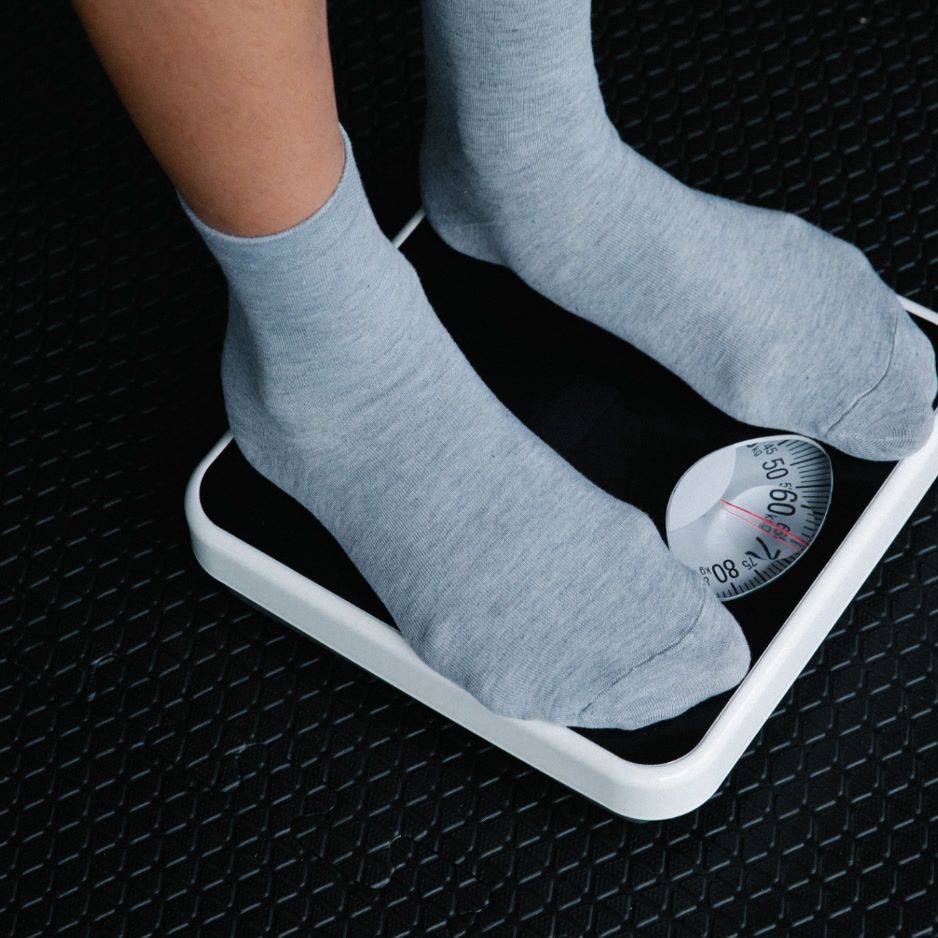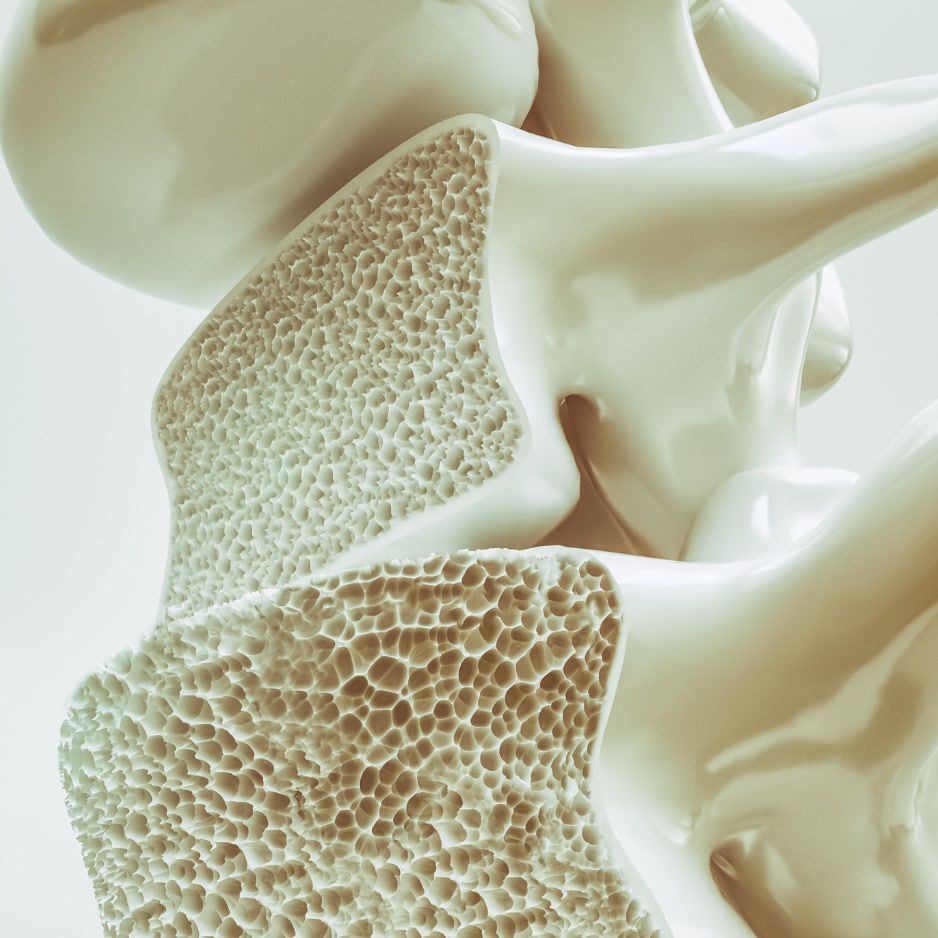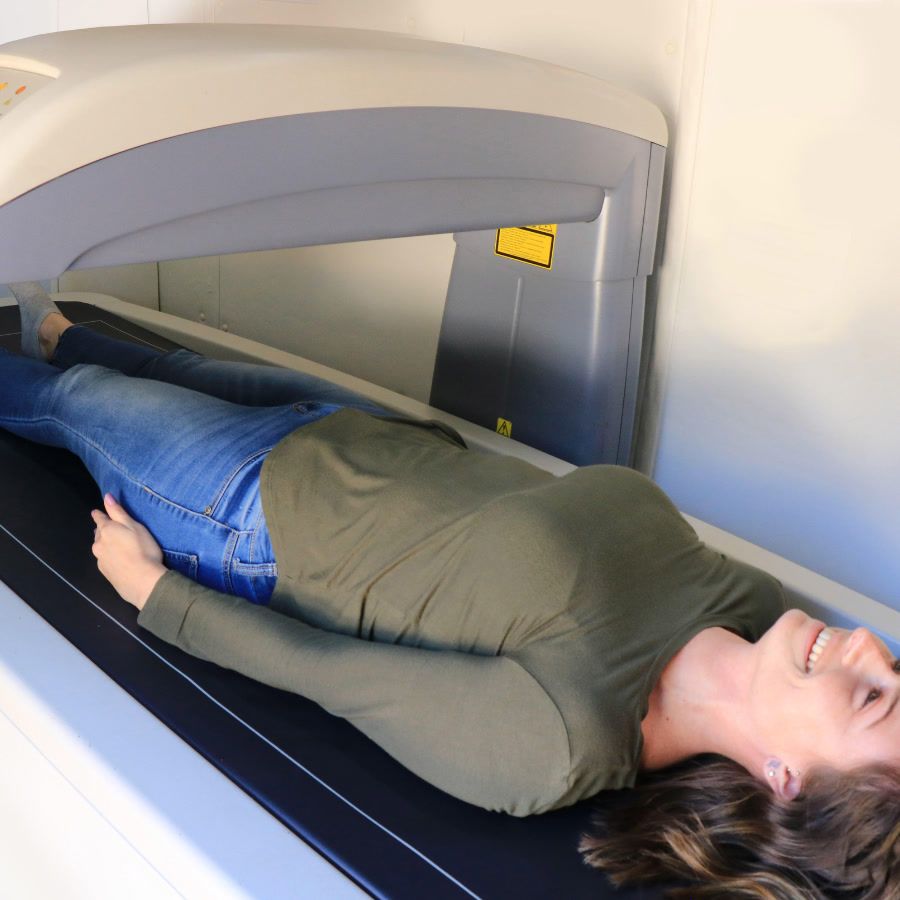12 Sneaky Signs of Poor Nutrition (and How to Fix Them)
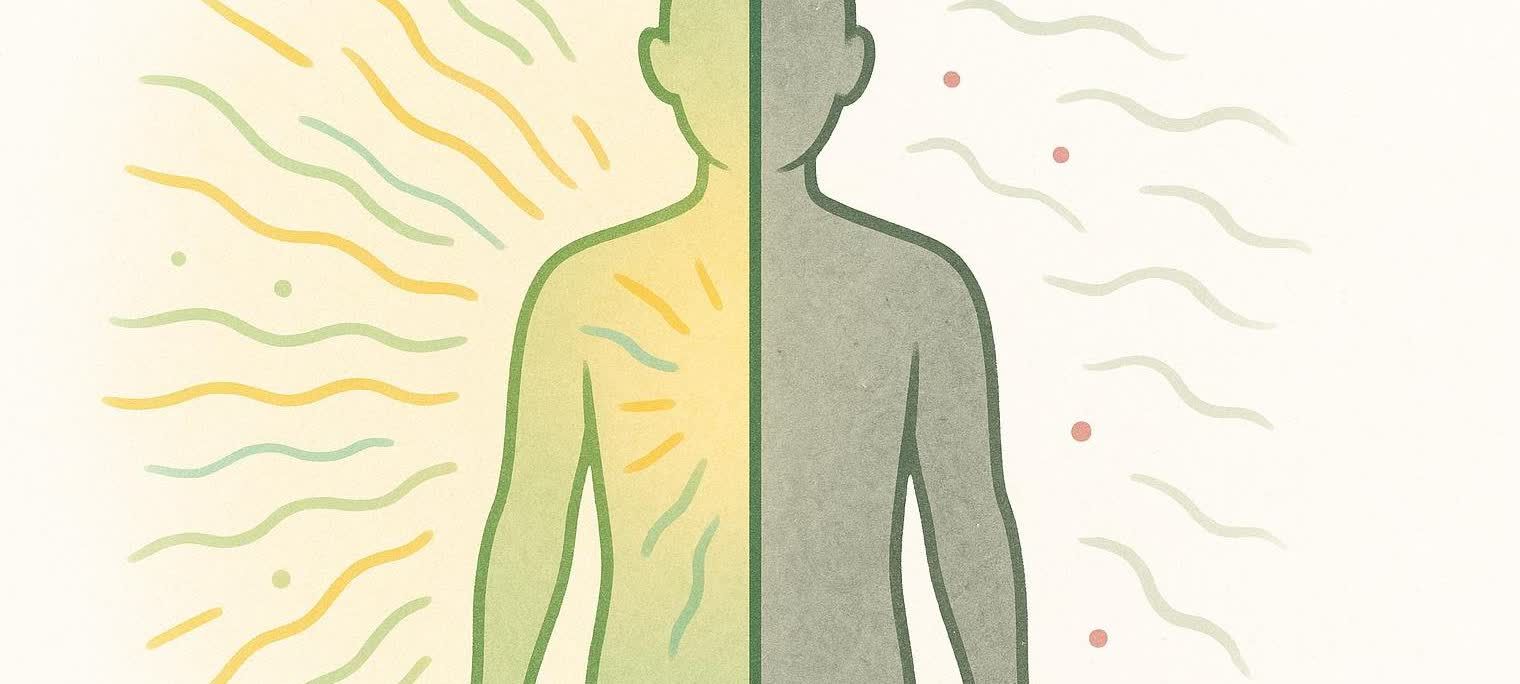
12 Sneaky Signs of Poor Nutrition (and How to Fix Them)
Ever feel tired, achy, or just off? These sensations can be early signs of poor nutrition. Many nutrient gaps fly under the radar until they snowball into larger health problems. Use this guide to spot early warning signs, run a quick self-check, and learn practical steps to get back on track.
📊 Why listen to BodySpec? We analyze tens of thousands of DEXA scans each year and see first-hand how diet shapes body fat, lean mass, and bone density trends. This gives us a unique perspective on how dietary habits correlate with measurable health outcomes.
Quick Self-Check Quiz
Check off any symptoms you’ve experienced at least 3–4 times in the last month:
- Persistent fatigue or afternoon energy crashes
- Brittle nails or increased hair shedding
- Dry, flaky skin or acne flare-ups
- Frequent colds or “lingering” sickness
- Mouth ulcers, bleeding gums, or cracks at mouth corners
- Brain fog or trouble concentrating
- Unexplained weight loss or gain
- Muscle weakness or plateaued gym progress
- Constipation, bloating, or diarrhea
- Feeling blue, irritable, or anxious
0–2 checks: Your risk is likely low—keep supporting your diet with whole foods.
3–5 checks: This may be a good time to audit your meals and adjust macros/micros.
6+ checks: You might benefit from working with a registered dietitian on a comprehensive nutrition plan and exploring data-driven testing like a BodySpec DEXA scan.
12 Common Signs Your Diet Is Missing the Mark
1. Constant Fatigue

When coffee won’t cut it, low iron, vitamin B12, or inadequate calories overall may be to blame (Cleveland Clinic).
2. Hair Thinning & Brittle Nails
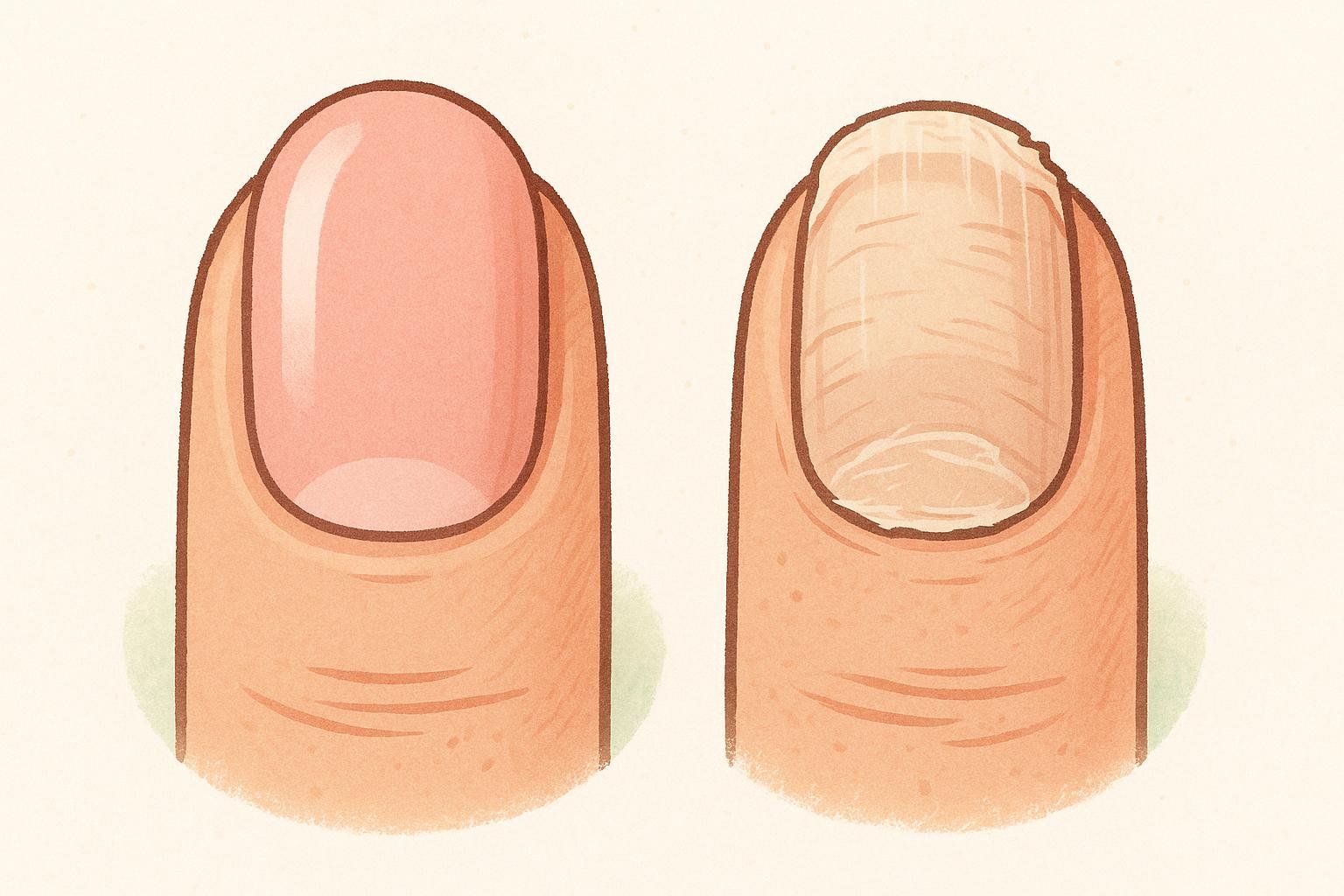
Protein, biotin, iron, and zinc deficiencies can impair keratin production, leading to excessive shedding and peeling nails (WebMD).
3. Dry or Acne-Prone Skin
Essential fatty acids (omega-3s), vitamins A and E, and adequate hydration keep your skin barrier strong. Low intake often shows up as dull, flaky skin.
4. Frequent Illnesses
A weak immune response can stem from insufficient vitamins C, D, zinc, and overall protein (NHS).
5. Slow Wound Healing or Easy Bruising
Collagen synthesis requires vitamin C, zinc, and adequate calories. Deficits delay tissue repair.
6. Brain Fog & Poor Concentration
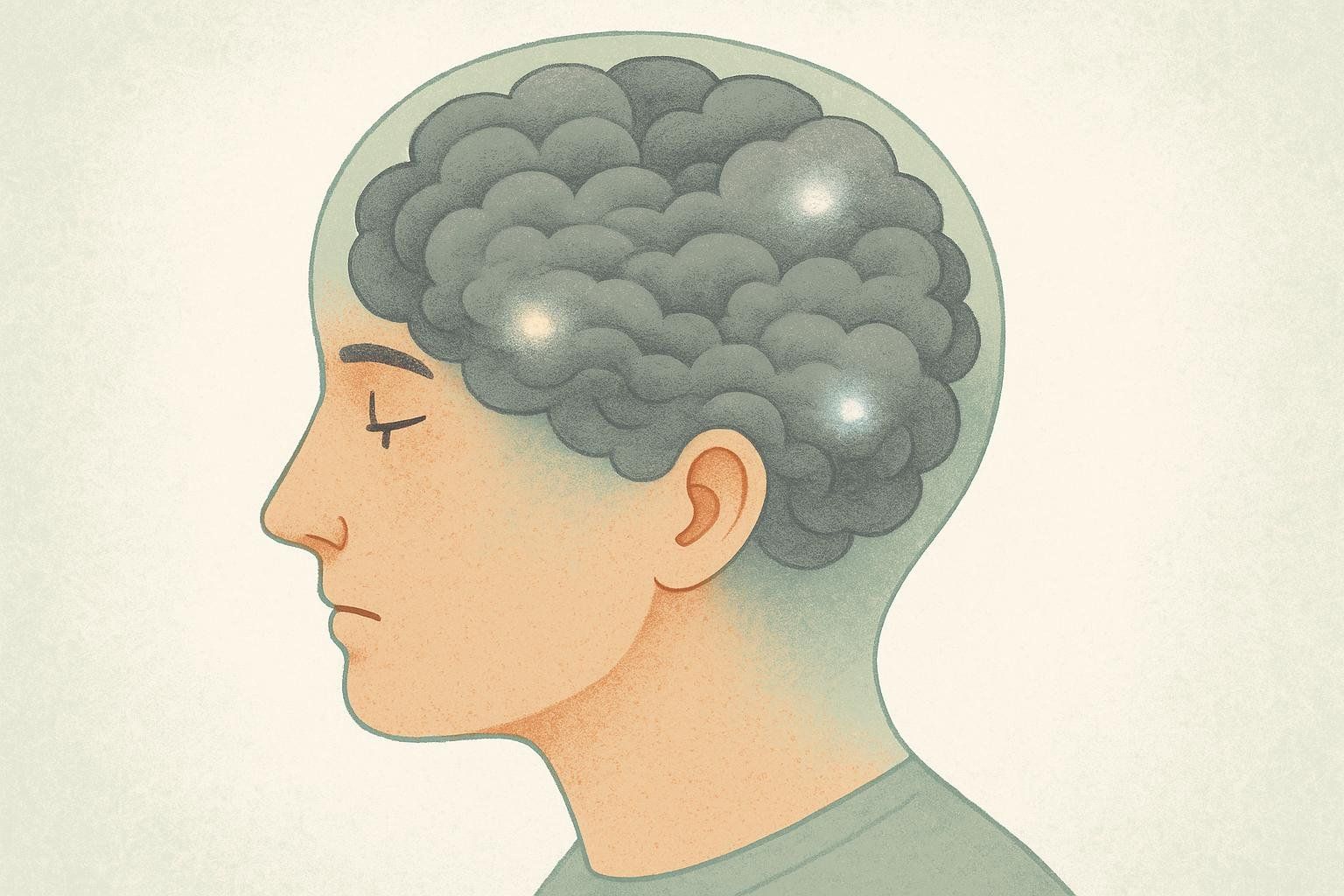
Your brain runs on glucose and micronutrients like B-vitamins, choline, and omega-3 fats. Low levels hurt neurotransmitter production and cognitive speed.
7. Mood Swings or Irritability
Emerging research links low magnesium, vitamin D, and omega-3 fats with anxiety and depressive symptoms (Rush University).
8. Digestive Issues (Constipation, Bloating, Diarrhea)
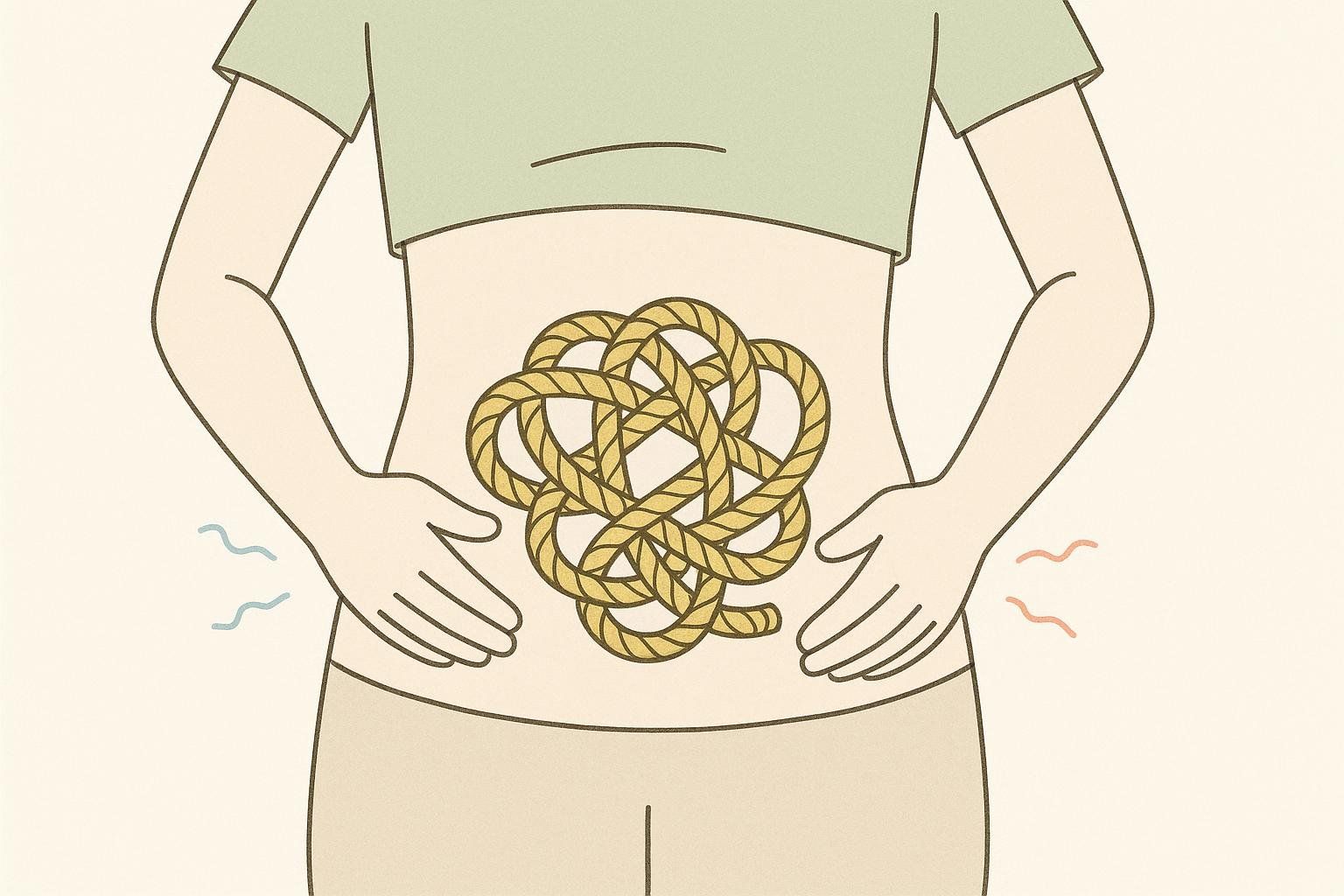
Inadequate fiber or imbalanced gut flora due to low prebiotic foods can trigger GI distress.
9. Bleeding Gums & Mouth Sores
Classic vitamin C deficiency clue. Low folate or B12 can also cause mouth ulcers (Merck Manual).
10. Muscle Weakness or Plateaus
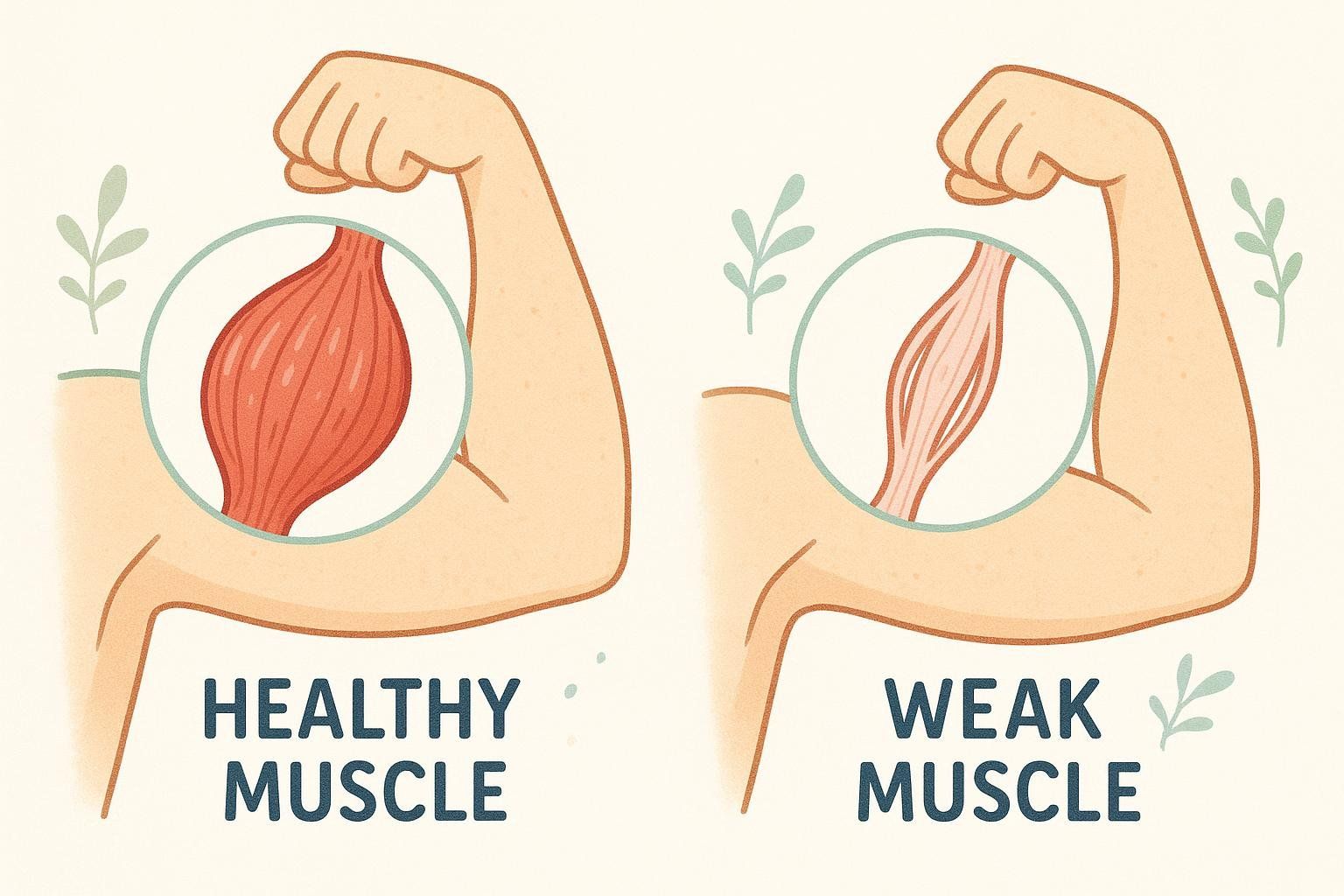
Insufficient total protein—or chronic calorie restriction—robs muscles of amino acids needed for repair. Track lean mass with a DEXA scan to spot losses early.
11. Unexplained Weight Changes
Malnutrition is not always associated with being underweight. Ultra-processed, high-calorie diets can cause “overfed yet under-nourished” weight gain, while severe deficits may lead to wasting.
12. Bone or Joint Aches
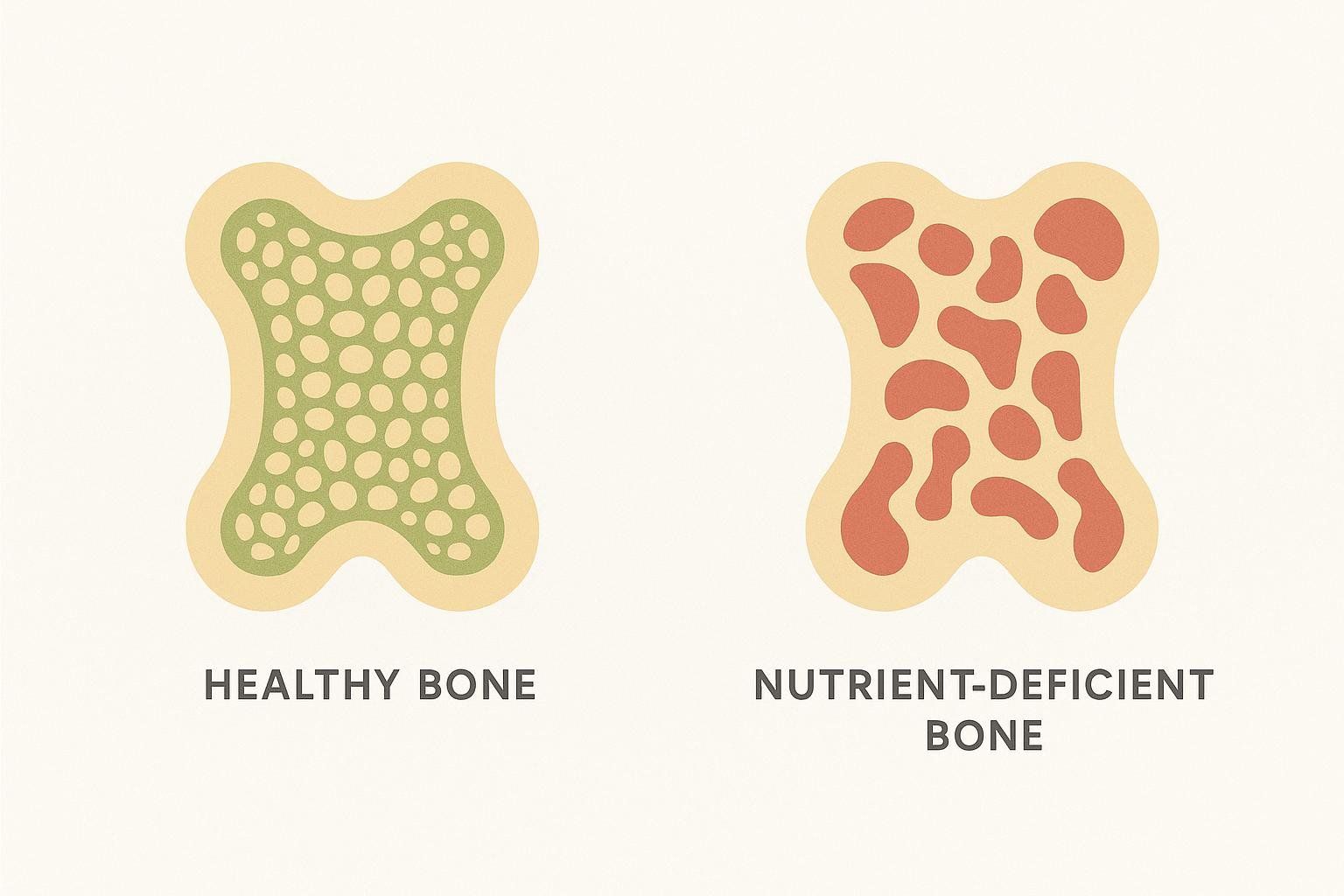
Low calcium, vitamin D, and vitamin K undermine bone mineral density, increasing fracture risk—especially in women over 50.
Symptom-to-Deficiency Cheat Sheet
| Symptom | Possible Nutrient Gap(s) | Adult RDA* | Food MVPs |
|---|---|---|---|
| Fatigue | Iron, B12 | Iron: 18 mg (female), 8 mg (male); B12: 2.4 µg | Lean beef, lentils, fortified cereal |
| Hair loss & brittle nails | Protein, biotin, zinc | Protein: 0.8 g/kg (sedentary baseline) | Eggs, salmon, pumpkin seeds |
| Muscle loss/weakness | Protein, leucine | Protein: 1.2–1.6 g/kg (active individuals) | Chicken, Greek yogurt, whey protein |
| Dry skin | Omega-3, vitamin A, vitamin E | A: 700–900 µg RAE | Sardines, sweet potato, almonds |
| Frequent colds | Vitamin C, D, zinc | C: 75–90 mg; D: 600 IU | Citrus, mushrooms, oysters |
| Brain fog | B-complex, choline, omega-3 | Varies (NIH fact sheets) | Eggs, leafy greens, walnuts |
| Bleeding gums | Vitamin C | 75–90 mg | Kiwi, bell peppers |
| Bone pain | Calcium, D, K | Calcium: 1,000–1,200 mg; K: 90–120 µg | Dairy, kale, natto |
*Based on U.S. National Institutes of Health Dietary Reference Intakes.
Who’s Most at Risk?
- Older Adults (60+) – Lower appetite, medication side effects, and decreased absorption raise deficiency risk. Review our guide to sarcopenia for muscle-sparing nutrition.
- Busy Professionals & High-Stress Lifestyles – Demanding schedules can lead to skipped meals or reliance on convenience options, increasing the risk of energy crashes and brain fog. Pair this post with our tips to get more energy naturally.
- Athletes & Fitness Enthusiasts – High training volumes increase protein and micronutrient demand. See our healthy meal prep ideas to stay fueled.
- Vegans & Vegetarians – B12, iron, calcium, and omega-3s need special planning.
- People with GI Disorders – Celiac, Crohn’s, or IBS can impede absorption.
Screening & Testing Options
| Tool | What It Measures | When to Use |
|---|---|---|
| MUST Score | Weight loss %, BMI, acute illness | Seniors, clinical settings |
| Blood Panel | Iron, B12, D, CBC | Persistent symptoms |
| DEXA Scan | Lean mass, fat mass, bone density | Track muscle loss & osteoporosis risk |
Curious about DEXA? Get the full rundown in our complete guide to DEXA scans.
Aim for a Balanced Plate
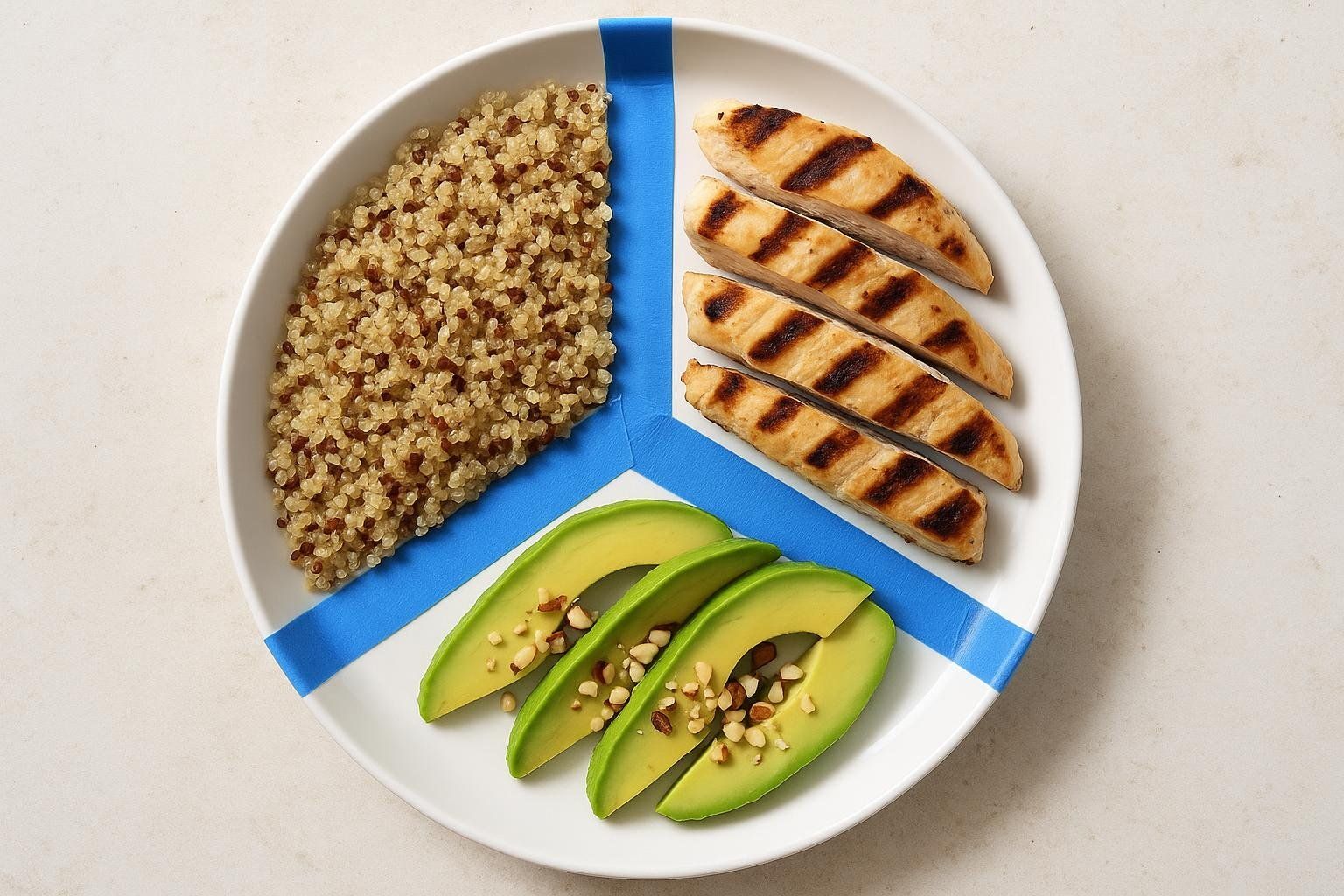
A common macronutrient model for supporting energy balance and body composition is the 40-30-30 approach—about 40% complex carbohydrates, 30% lean protein, and 30% healthy fats:
- 40% complex carbs (quinoa, oats, fruit)
- 30% lean protein (fish, poultry, legumes)
- 30% healthy fats (avocado, olive oil, nuts)
Ideal ratios vary; personalize based on activity level, health objectives, and professional guidance.
Color Code Your Produce

Aim for 5+ colors a day to cover antioxidant and phytonutrient bases.
Time Your Protein
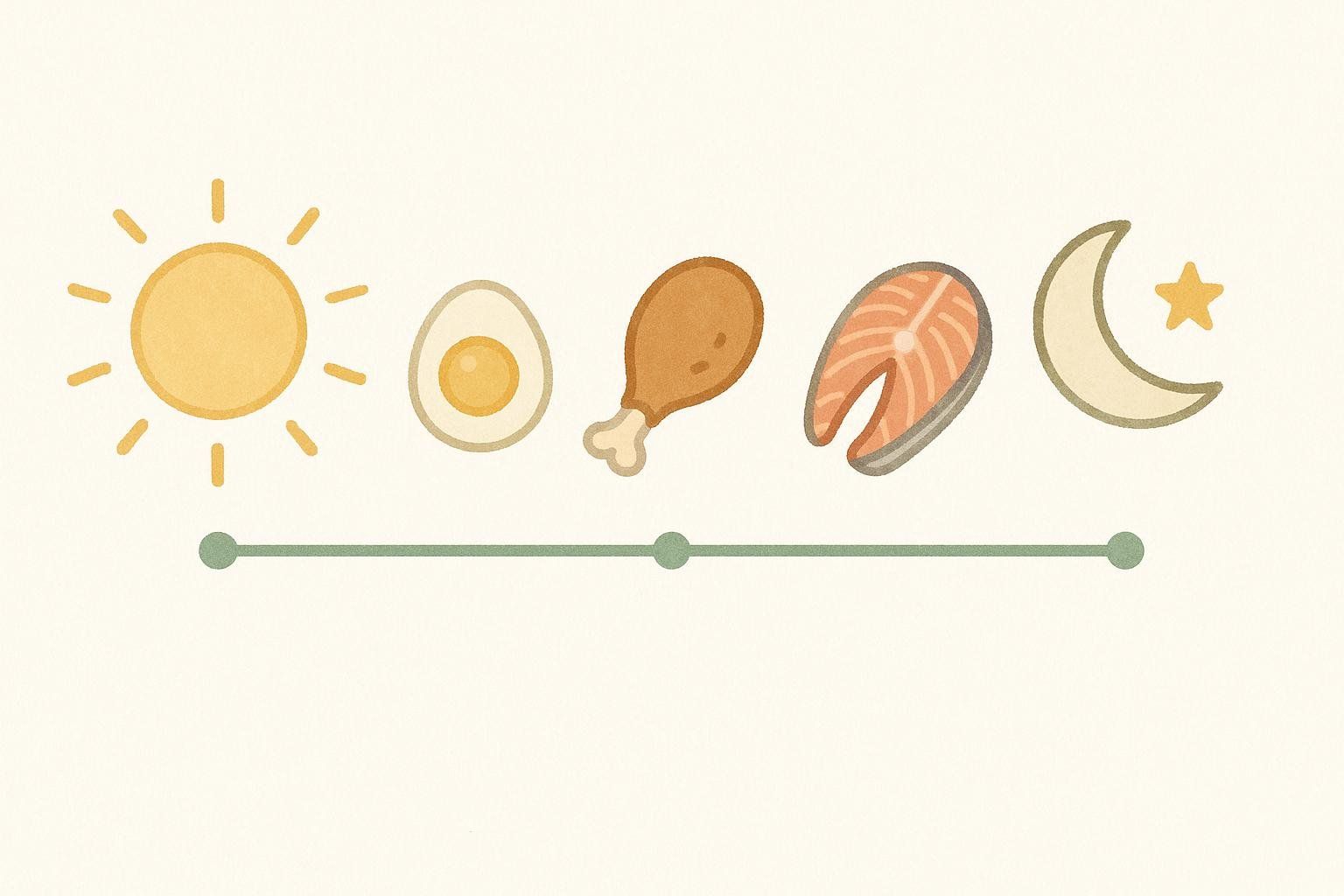
Distribute protein evenly—at least 20–30 g every 3–4 hours—to combat muscle breakdown.
Supplement Strategically
Use lab work to guide dosing. Common evidence-backed options:
| Nutrient | Common Supplemental Dose Range |
|---|---|
| Vitamin D3 | 1,000–2,000 IU daily |
| Omega-3 (EPA/DHA) | 1–2 g combined |
| Iron (ferrous bisglycinate) | 18–36 mg, taken with vitamin C |
Always consult a qualified professional before starting a new supplement.
Monitor Progress
- Re-test blood work every 3–6 months.
- Schedule a BodySpec DEXA scan every 6–12 months (or as advised by a health professional) to verify lean mass and bone changes.
- Repeat the self-check quiz monthly.
Resources & Next Steps
- NIH Micronutrient Fact Sheets
- Academy of Nutrition and Dietetics “Eat Right” Toolkit
- BodySpec’s primer on micronutrients
Ready for data-driven insights? Book a BodySpec DEXA scan and turn your nutrition tweaks into measurable results.
Key Takeaways
- Subtle signs of poor nutrition, like fatigue or brittle nails, can signal key dietary gaps.
- Combine symptom cues with objective tools like blood work (to identify nutrient deficiencies) and DEXA scans (to measure impacts on muscle and bone density).
- A colorful, balanced plate, strategic supplementation, and regular monitoring close most nutrient gaps.
